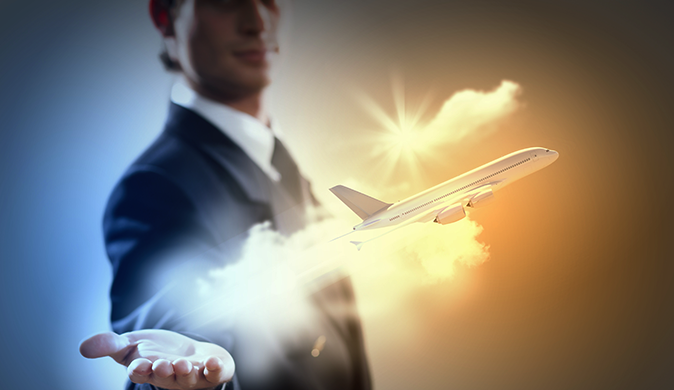The Continuing Airworthiness Management Organisation (CAMO) of an operator is responsible to oversee the Continuing Airworthiness of the fleet and to ensure that all regulatory requirements are complied with. Airworthiness engineers with an Airframe specialization may also be required to support the repair status of the aircraft and to provide technical support and liaison function in the event that aircraft has suffered damage.
An Airworthiness Engineer may be called on to write process and procedure documents to reflect best practice. Airworthiness Engineers typically work under the umbrella of the Continuing Airworthiness Management Organisation (CAMO) working directly for the operator. Depending on the role and the size of the organization you may be employed in a technical Services Group. As an Airworthiness or Technical Support Engineer you will be involved in the analysis and support of Airworthiness Directives, Modifications and Service Bulletins.
Within an EASA compliant Air Carrier this will be known as an EASA Part M subpart G approval. They may off course also work for a separate organisation known as a “Stand Alone” CAMO Organization. To be an effective Airworthiness Engineer typically you will hold either an Aircraft Maintenance Engineers License or hold a degree in Aeronautical Engineering or both. You will be expected to have a detailed knowledge at working level of the various functions of airline Technical Services and to have a good knowledge of the Regulatory requirements together with the desire to use and implement best practice.
Competencies & Duties
Typical Competences of an Airworthiness Engineer include the ability to be a self starter – means to drive your own work agenda, to have excellent administration and analytical skills, Ability to collect, organize, synthesize, and analyze data; summarize findings, develop conclusions and recommendations from appropriate data sources internally, or with clients, customers and/or suppliers. You will also have good written communication skills.
Together with the the ability to communicate effectively with clients colleagues and associates. After analyzing the airworthiness data you may be called on to create engineering work orders, which are issued to Maintenance Planning for incorporation into a work package.
Typically you will also supply ongoing support and advice to Maintenance Engineering. In the event of a defect which is problematic, particularly in the case of an AOG Aircraft on the ground, you may be called on to provide expert assistance to enable the defect to be resolved in a timely manner.
The Airworthiness Engineer usually takes great interest in product and system reliability and typically forms ongoing relationships with Aircraft and Engine Manufactures and other OEM’s Original Equipment Manufactures. In addition data which may form submission to the reliability program will be analyzed and prepared by the Airworthiness Engineer.
Sofema Aviation Services offers regulatory training courses in Continuing Airworthiness both as online and as classroom training programs.
What`s more :
Next Steps
Follow this link to our Library to find & Download related documents for Free.
Sofema Aviation Services & Sofema Online provide classroom, webinar & online training. For additional information please email team@sassofia.com





